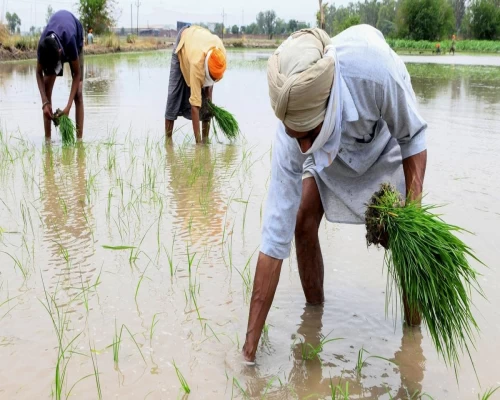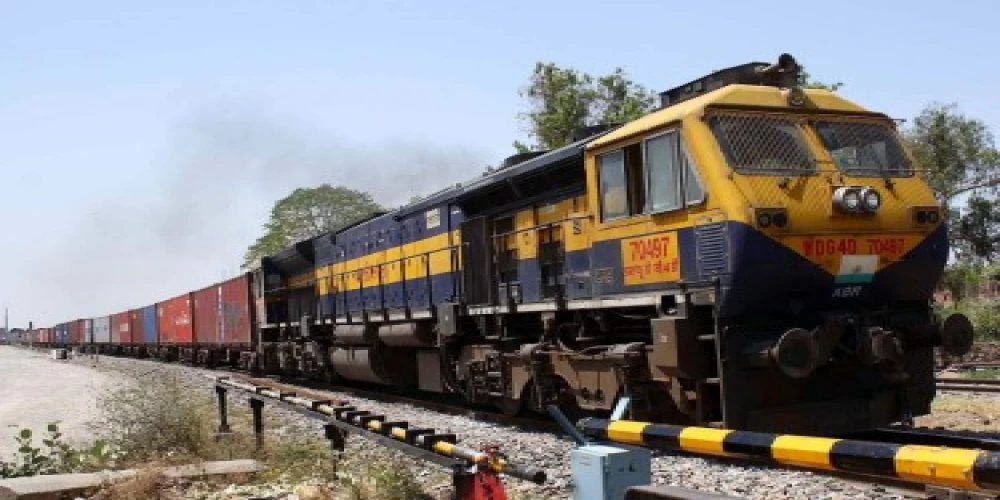
New Delhi: The announcement by the Union Government to usher in major changes by way of the National Monetization Pipeline (NMP) plan on the 23rd of August 2021 has triggered polarizing debates and discussions on the possible implications of this policy. The projected revenue from railways is expected to be of Rs 1.5 lakh crore and will contribute to 25 per cent of the overall pipeline of Rs 6 lakh crore. It is important to remember that asset monetization is a measure to generate additional capital for new infrastructure creation in the country without sale on any public asset. NMP merely provides a mechanism for enabling private companies to lease and operate infrastructure owned by the government. Against this backdrop, it would be worthwhile to analyze the ways in which this measure could impact the country’s railways in times to come.
Owing to a network of 121,407 km of total track over a 67,368 km route, the Indian railways is the fourth largest in the world in terms of size and employs more than 1.3 million people. The freight trains are particularly significant from the perspective of commerce and transport more than 90 per cent of the coal that provides 50 per cent of the country’s power requirement. However, since the railways had been primarily dependent on government support since independence, it was challenging to generate adequate funds for capital expenditure. Bulk of the funds continued to be subsumed under operating expenses. Infrastructure and funding challenges in railways manifested in the form of collisions, derailments and level crossing accidents. Besides, in the last fiscal Covid-19 induced disruption resulted in a revenue loss of Rs 38,017 crore in the passenger segment. Considering the increasing focus on augmenting railway infrastructure to facilitate freight and passenger movement, significant investments are needed to address capacity constraints.
The year 2014 was a watershed moment as the Union Government initiated bold reforms by not only allowing private investments in railways but also permitting 100 per cent FDI in railways infrastructure sector. Consequently, ten areas/activities that were listed under the category of construction, operation and maintenance permitted 100 per cent FDI through the automatic route. As per the data released by DPIIT (Department for Promotion of Industry and Internal Trade) for railways and associated sectors, the FDI inflows stood at US$ 1.23 billion from April 2000 to March 2021 and constituted only 0.23 per cent of the total FDI inflows in India. So, asset monetization in this context assumes significance as it will pave the way for greater influx of funds by private players. And in recent years, we have already witnessed an uptick in investor sentiment – in 2015 General Electric won a $2.6-billion contract to supply 1,000 locomotives (100 locomotives on yearly basis for 11 years). Since India’s railways is a lifeline for more than 30 million citizens who use it every day – modernizing the facilities and enhancing the speed will go a long way towards making our workforce more productive.
To keep pace with other leading economies of the world, India will have to expand its high-speed railway network. The Indian Railways Vision 2020 report highlighted that our railways has to match the speed and efficiency of trains in countries like US, France, Japan, and Germany in aspects like – speed (average train speed is 60-km per hour in India) and route-km per million population served, which are metrics to gauge the level of rail connectivity in a country. To address these challenges, the National Infrastructure Pipeline and the Draft National Rail Plan (NRP) 2020 provide a detailed asset-level plan for the development of the railway sector. The NIP envisages a total capital expenditure of Rs 13.7 lakh crore by both the Centre and States over FY 2022-25, of which Rs 1.6 lakh crore is expected through the PPP mode. The Draft NRP 2020 laid out a strategic roadmap for the sector for the next three decades, which includes an increase in the modal share (freight) of railways from 26 per cent to 45 per cent, while continuing to provide best-in-class services for passengers.
An efficient implementation of NMP will ensure a huge influx of funds that could vastly upgrade the infrastructure and operational logistics for passenger trains, revamp railway stations, freight terminals, railway colonies, and railway tracks. In this context, it is important to realize that the bulk of our railway assets have been lying either unutilized or underutilized since independence. Take the case of the land along railway tracks – it could be leased out to telecom companies for laying cables. Likewise, it would be prudent to enable the utilization of freight terminals as logistics parks for private companies and generate another revenue stream. Robust investments by the private sector will facilitate the achievements of ambitious targets set by the government – that includes achieving 100 per cent electrification by 2023, Net Zero Carbon Emission network by 2030, ease of ticket booking, online freight services and suchlike. NITI Aayog’s analysis pegs the monetisation value for railway infrastructure development at Rs 76,250 crore from FY22 to FY25, while for passenger train operations, the value is pegged at Rs 21,642 crore.
Importantly, it is worth noting that the move towards asset monetization has happened in a gradual manner. A similar model was adopted in the case of major toll roads in the country. Per estimates the redevelopment of 125 stations along with the development of real estate would cost approximately Rs 50,000 crore. Further, another challenge emanates from the under capacity of passenger trains that is evidenced by the fact that 15 per cent ticket holders on an average are waitlisted. In 2018-19 alone over 8.84 crores of passengers couldn’t travel as they were waitlisted. To mitigate this problem, 12 clusters have been earmarked in high-demand routes and it is expected to bring in 30,000 crores worth of private investments with the potential of adding 150 modern trains along109 routes. Thus, the monetization of railways is based on an exhaustive study of the challenges plaguing the sector and supported by a sound economic rationale and is likely a playbook for other sectors to emulate. /PIB/
(The author, Atul Chaturvedi, is a Secretary with the Government of India. Views expressed are personal)


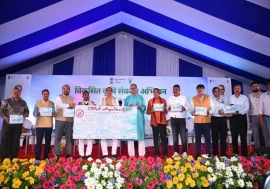
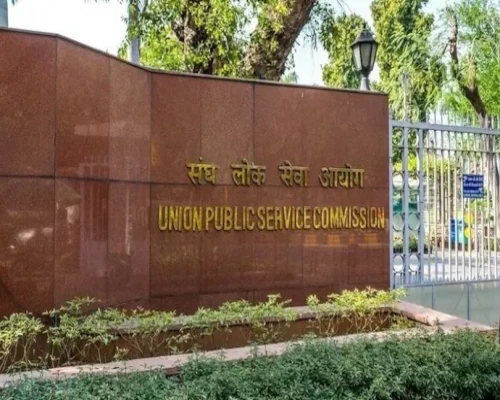


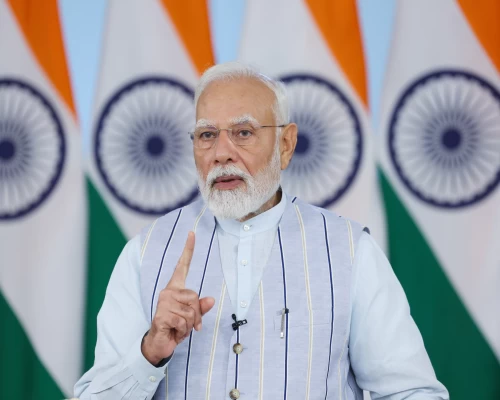
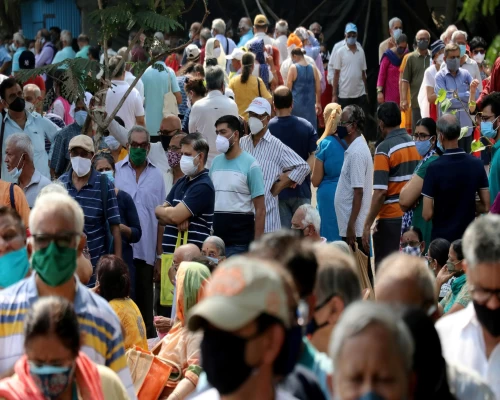

 (13)_500_x_400.webp)
